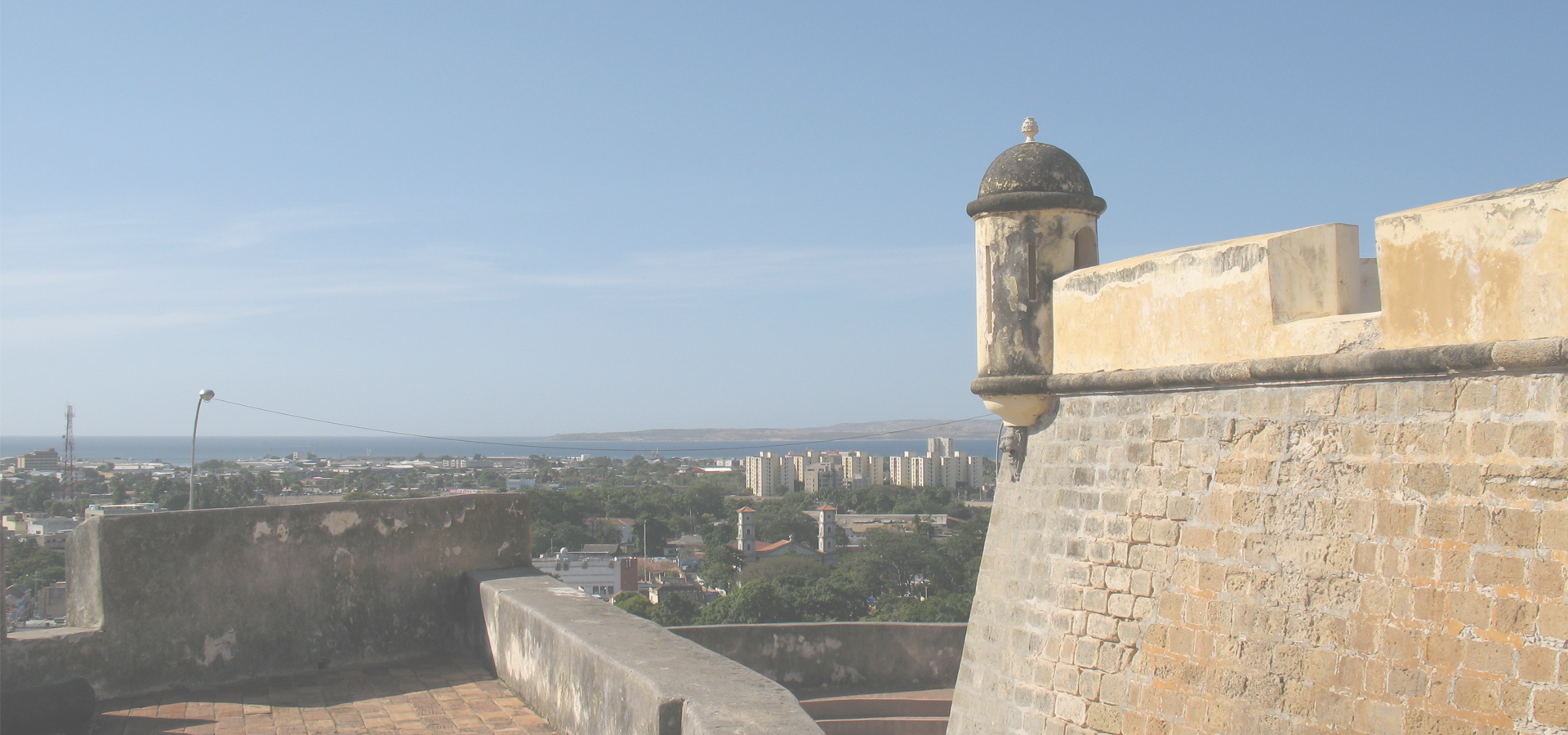Cumaná, Sucre State, Venezuela
🇻🇪 Cumaná is the capital City of Venezuela's Sucre State. It is located 402 km east of Caracas. Cumaná was one of the first cities founded by Europeans in the mainland Americas and is the oldest continuously-inhabited European-established city in South America. Its early history includes several successful counters by the indigenous people of the area who were attempting to prevent Spanish incursion into their land, resulting in the city being refounded several times. The municipality of Sucre, which includes the capital city, Cumaná.
The city is located at the mouth of the Manzanares River on the Caribbean coast, in the north-east of Venezuela. It is home to first and most important of the five campuses of the Universidad de Oriente, and is a busy maritime port, home of one of the largest tuna fleets in Venezuela. The city is close to Mochima National Park, whose beaches are a popular tourist destination among Venezuelans.
Key heroes of and contributors to the Venezuelan independence movement were born in Cumaná, including Antonio José de Sucre, the ‘Gran Mariscal de Ayacucho,’ a leading general who also served as President of Bolivia and President of Peru. Cumaná is also the birthplace to eminent poets, writers and politicians like Andrés Eloy Blanco, an important figure in Latin American literature and who later rose to the national political scene; as well as José Antonio Ramos Sucre, another distinguished poet and diplomat. Several important scientists including Pehr Löfling from Sweden, Alexander von Humboldt from Germany, and Aimé Bonpland from France accomplished experimental works and discoveries while visiting or living in Cumaná in the 18th century. The city is also home to a Toyota plant, which manufactures the Hilux and Toyota Fortuner.
History Cumaná was the first settlement founded by Spain in Venezuela, established in 1515 by Franciscan friars, under the name Nueva Toledo, but due to successful attacks by the indigenous people (such as the Cumanagoto people), it had to be refounded several times until Diego Hernández de Serpa's refoundation in 1569 with the name of Cumaná. Bartolomé de las Casas, attempting a peaceful colonization scheme, was pre-empted by Gonzalo de Ocampo's 1521 punitive raids against the local indigenous people, in retaliation for the destruction of the Dominican convent at Chiribichi. In 1537 New Andalusia Province was established, with Cumaná as capital (for which the Province was also known as the Province of Cumaná).
After Amerindian attacks became less of a threat, the city was on several occasions destroyed by earthquakes. Thus, the oldest part of the city is late 17th and 18th century; almost none of the 16th century architecture survived. Gained independence on 7/5/1811.
Pope Saint John Paul II recognised in his first apostolic visit to Venezuela (1985) that for Cumaná had begun the evangelization of the mainland of the American continent what he took to elevate it to the rank of Archdiocese with what was done historical justice with it City through the bull "Necessitate adducti".
Attractions The city features a wide variety of colonial style architecture still in excellent condition. The San Antonio de la Eminencia Castle, a large Spanish fort, is open to the public and can be seen from the beach. Also surviving is the Santa Maria de la Cabeza castle, which was built in 1669. The Museo del Mar (Museum of the Sea) displays marine and maritime artifacts.
Transport The city is served by Antonio José de Sucre Airport, with commercial passenger airline flights to Caracas.
America/Caracas/Sucre

Cumaná has a population of over 358,919 people. Cumaná also forms the centre of the wider Sucre State which has a population of over 896,921 people.
To set up a UBI Lab for Cumaná see: https://www.ubilabnetwork.org Twitter: https://twitter.com/UBILabNetwork
Twin Towns - Sister Cities Cumaná has links with:
🇺🇾 Montevideo, Uruguay🇨🇴 Valledupar 10.465
🇻🇪 Puerto Cabello 10.467
🇵🇭 Compostela 10.47
🇵🇭 San Carlos 10.49
🇻🇪 El Hatillo 10.433
🇻🇪 Nuestra Señora del Rosario de Baruta 10.432
🇵🇭 La Carlota 10.42
🇵🇭 Consolacion 10.4
🇨🇴 Cartagena de Indias 10.4
🇦🇷 Jesús María -64.1
🇻🇪 Margarita Island -64.047
🇧🇷 Porto Velho -63.86
🇻🇪 La Asunción -63.85
🇻🇪 Ciudad Bolívar -63.548
🇦🇷 Villa María -63.267
🇦🇷 Santiago del Estero -64.267
🇦🇷 Santa Rosa -64.283
🇦🇷 San Ramón de la Nueva Orán -64.333
🇦🇷 Río Cuarto -64.35
🇦🇷 Villa Carlos Paz -64.517
Locations Near: Cumaná -64.1667,10.45
🇻🇪 Puerto Cruz -64.633,10.2 d: 58.1
🇻🇪 Puerto La Cruz -64.637,10.2 d: 58.4
🇻🇪 Margarita Island -64.047,10.985 d: 60.9
🇻🇪 Lechería -64.681,10.191 d: 63.2
🇻🇪 Diego Bautista -64.681,10.191 d: 63.2
🇻🇪 Barcelona -64.656,10.127 d: 64.5
🇻🇪 Porlamar -63.85,10.95 d: 65.5
🇻🇪 La Asunción -63.85,11.033 d: 73.5
Antipodal to: Cumaná 115.833,-10.45
🇮🇩 Gerung 116.117,-8.717 d: 19819.9
🇮🇩 Kuta 115.178,-8.725 d: 19810.3
🇮🇩 Mataram 116.117,-8.583 d: 19805.2
🇮🇩 Denpasar 115.217,-8.65 d: 19803.8
🇮🇩 Sukawati 115.294,-8.608 d: 19801.9
🇮🇩 Selong 116.533,-8.65 d: 19800.7
🇮🇩 Blahbatuh 115.3,-8.567 d: 19797.7
🇮🇩 Klungkung 115.405,-8.539 d: 19797.5
🇮🇩 Semarapura 115.4,-8.533 d: 19796.7